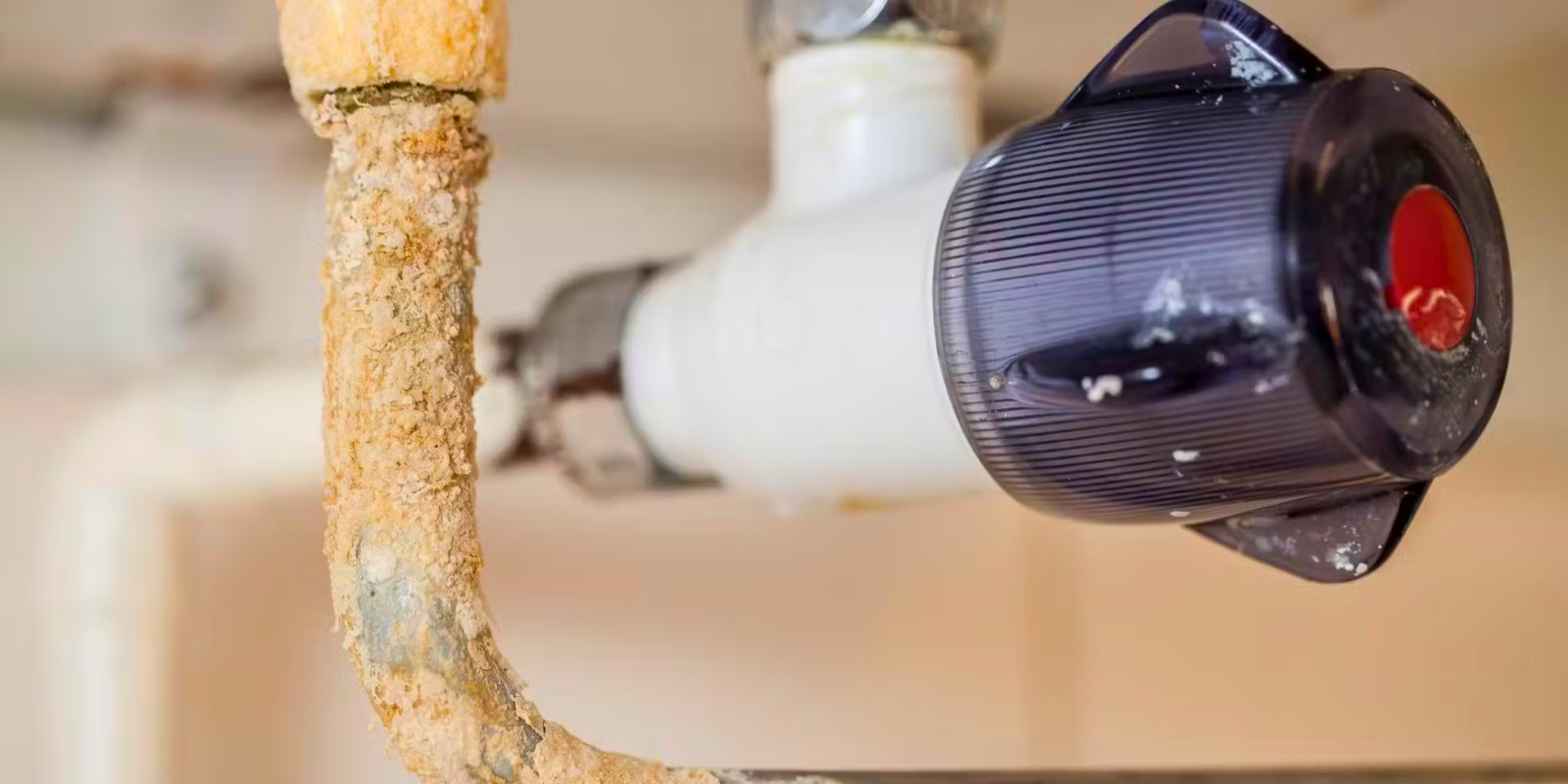If you are a beginner and want to be a bit handier at plumbing, you’ve come to the right place! We want to offer some tips that will help you save time, money and frustration when you do your plumbing projects.
Here are the few tips and tricks for plumbing that every beginner needs to know:
- PVC and CPVC pipes are two different things. If you go to the store and don’t know which one to ask for, you might end up buying a pipe that is not fit for the job you want to do. These pipes are different, from the way they are measured to the purpose that they serve.
- CPVC pipe is preferred for hot water. Usually, plumbers will use a PVC pipe for cold water and regular lines, and CPVC pipes for hot water lines (dishwashers, washing machines etc.).
- Both pipes are measured differently. A PVC pipe is measured on the diameter inside the pipe. A CPVC pipe is measured based on the diameter outside the pipe. A good way to make sure that you are purchasing the right pipe is to take the small piece of pipe that you are planning to replace and a professional at the hardware store will be able to tell you what kind of pipe it is, as well as the correct measurement.
- When you are dealing with PVC, you might see that there are two of everything. If you look at the packaging, you will find an indicator that can tell the two apart. One will have indicator schedule 40, meaning it is only for use of pressurized hot water lines. The other indicator is DWV – drains, valves and water lines.
- There are different types of products for each kind of piping. So make sure that each product you get matches with the piping you are working on. (i.e. if you are buying a glue, make sure to ensure that the glue you use matches the pipe you are working on).
- Before you glue, you need to apply a primer first. This primer is something that inspectors will check to ensure that the job was done correctly. Like the glue, the primer will have to match with the type of pipe you are working on.
- No matter where you are working on, add a shut-off valve. This adds more convenience since you can shut off the water to an area of your home without having to shut off the water of the entire house.
- The diameter of a shower train must be exactly two inches and maintain this diameter all the way to the main line for it to meet regulatory compliance rules.
- Toilet drains have more flexibility and can vary in diameter from three to four inches, but the larger one is preferable for less risk of clogging.
- Vent pipes are required along the exterior of your home for all toilets.
- Each toilet must have a cleanout, for easy accessibility for a plumber to access and to be able to do any work if needed.
- Most sinks have a ‘P trap’ which is a removable pipe that is often the contributor to build-ups. Most drains can be unclogged by removing the P trap and taking out any debris and things caught inside it.
- Lower water pressure is usually due to one of these three things: a leaky faucet, clogged aerators or a blockage in the pipes.

.jpg)

